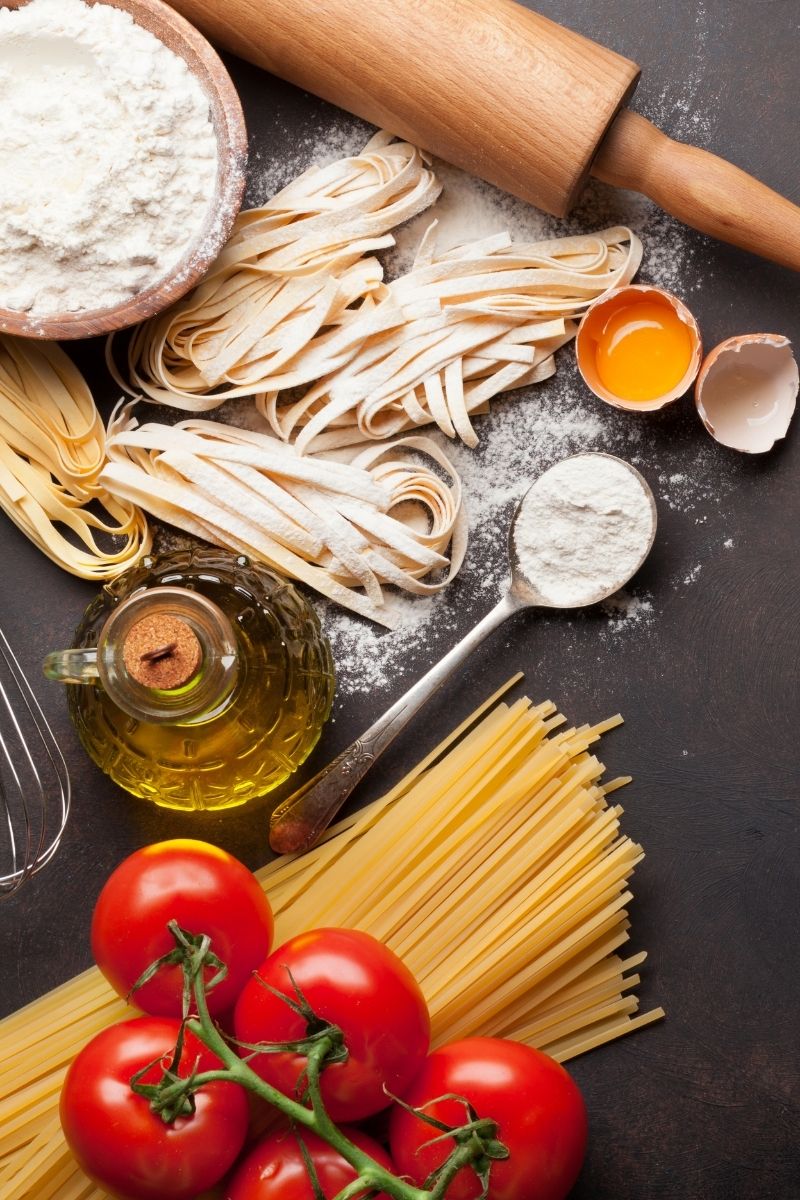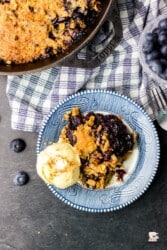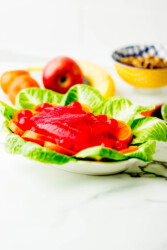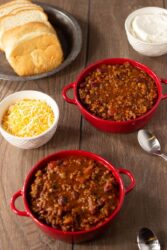Post contains Amazon Affiliate links. As an Amazon Associate I earn from qualifying purchases. Please refer to our disclosure policy for more information.
We have put together a comprehensive post on not only all of our pasta dishes, but on How to Cook Pasta. Pasta is one of those dishes that is very versatile. With the vast varieties of different types of pasta, proteins, and toppings, the combinations are endless. Make sure to bookmark this post as we will be updating it as we continue to add more recipes.

As many seasoned cooks know, you have to learn how to properly boil water when you first start cooking. I know someone of you just said, what? Yeah, right. But, in all honesty, you do.
How many times have you put water in a pot, turned on the burner, and walked away because you got distracted? I know that life happens, and we all get sidetracked, but, when it comes to cooking; especially pasta, you have to be attentive and watch it. There is a very fine line when making it to where it's al-dente and to where it's too done.
That's why I say that you have to properly know how to boil water. Because if you can properly boil water, then you know that you have to be paying attention when you are making dinner, especially pasta.
But before we start learning how to correctly cook pasta, let's talk first about the history of this delicious dish.
Did you know that there are almost 600 different types of pasta in the world?
Who Invented Pasta?
Contrary to popular belief. Pasta didn't originate in Italy. It actually is believed to have come from China. And was brought to Italy by Marco Polo sometime in the 13th century.
How to Boil
There are a just a few key steps involved in correctly boiling pasta:
- Choose the correct pot - you want to make sure the pot is big enough for the noodles.
- Add your water - make sure you will have enough to cover the pasta you will be making.
- Salt the water - you want the water to taste like salt water.
- Bring the water to a rolling boil.
- Add the pasta.
- Set the timer - remember al dente.
- Drain - BUT KEEP SOME OF THE PASTA WATER.
- Add some of the pasta water back in, add your sauce, and serve.
- Pastina is the smallest pasta.
- Spaghetti, Penne, and Tortellini are the most popular.
Top Tips
- You must rinse the pasta so to stop the cooking process.
- Don't break the spaghetti when cooking it. You want to be able to wrap it around your fork.
- Always add salt to the water! You need to add at least 1 ½ tablespoons of salt for every of pasta according to Food52.
- Always make sure the water is boiling before you add it.
- Measure the pasta dry before you cook it so you get correct measurement.
- Most pasta cooks within 6 to 8 minutes.
- You normally cook 2 ounces of dry pasta per person.
FAQ
You want your noodles to be just where they are tender yet have a bit of crunch. You don't want them too soggy.
The Italians! Per capita, according to Food Business News, they eat over 1.4 million TONS!
Pasta is made from water, eggs, and wheat. Then it is formed into a variety of different shapes and sizes of noodles and then cooked.









Comments
No Comments